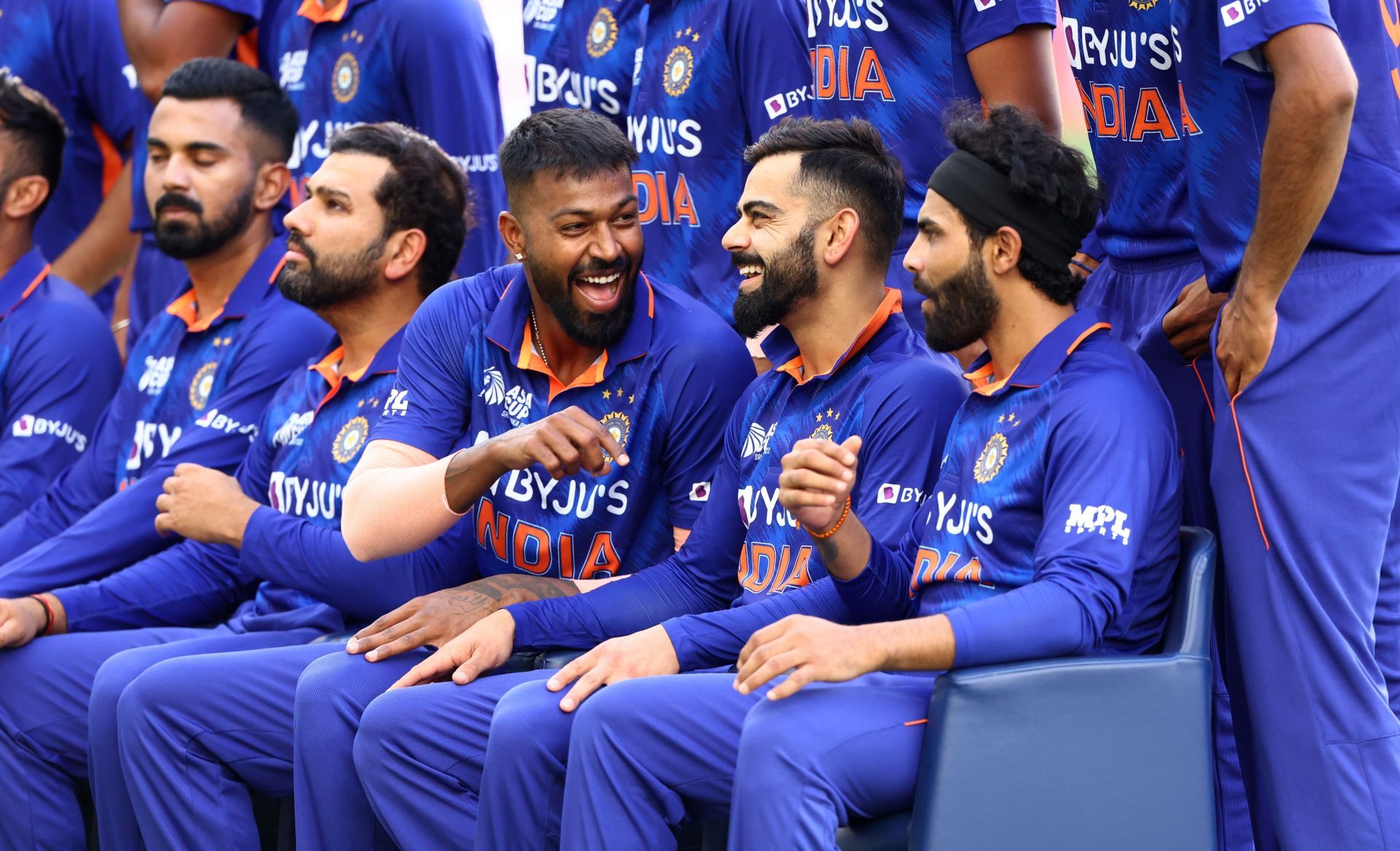
India in T20 International Cricket - 2006 and today
What is the right squad balance? Who should be playing at what position? Ambiguity is prevailing among Indian cricket fans about the right team combination, especially after the team’s recent debacle in the Asia Cup 2022 in the UAE.
Is the team missing a finisher like MS Dhoni or an aggressive starter like Virender Sehwag or a death-over specialist like Zaheer Khan?
Let us take a look by comparing India’s playing XI for their first T20I cricket match in 2006 against South Africa with the current side that featured in the first Asia Cup game against Pakistan.
Top Order
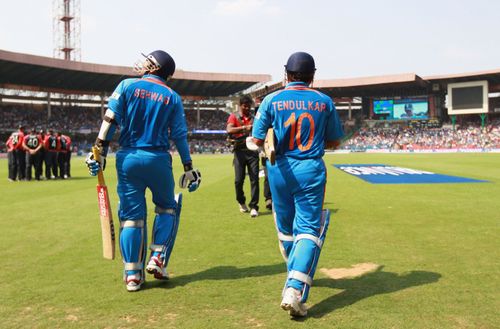
Sehwag’s firepower start and Tendulkar’s composed batting were almost perfect and seemed dangerous during those years. One can never forget Sehwag's square cuts and Tendulkar's straight and cover drives.
Dinesh Mongia followed at No.3 with his exquisitive timings and ability to pierce the gaps.
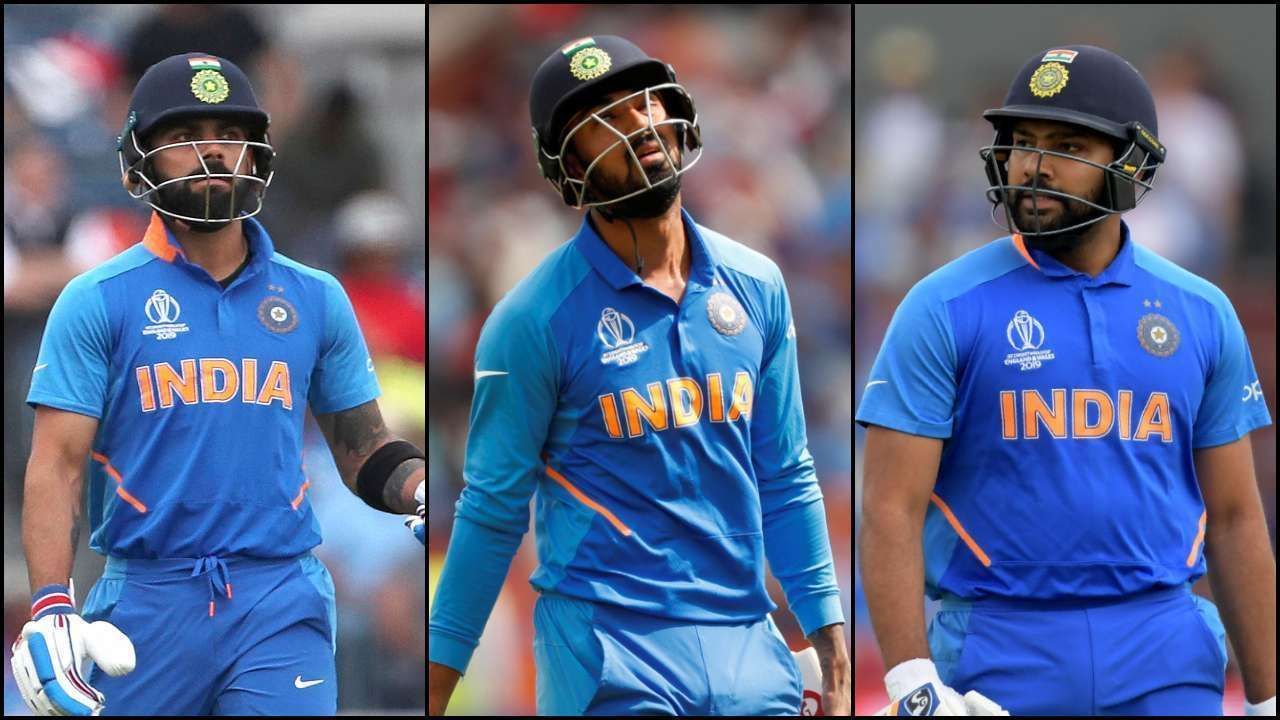
Today, we have Rohit Sharma in the role of Sehwag, while Virat, with a massive record under his belt, fills the shoes of Tendulkar.
KL Rahul opens the innings along with Rohit and can be aggressive and also calm but offers more than what Mongia was doing in those days. However, Virat tasted massive success while opening in the shortest format of the game.
Should the Indian think tank hand Rahul’s opening position to Virat and replace Rahul with a new batter at No. 3?
Middle Order
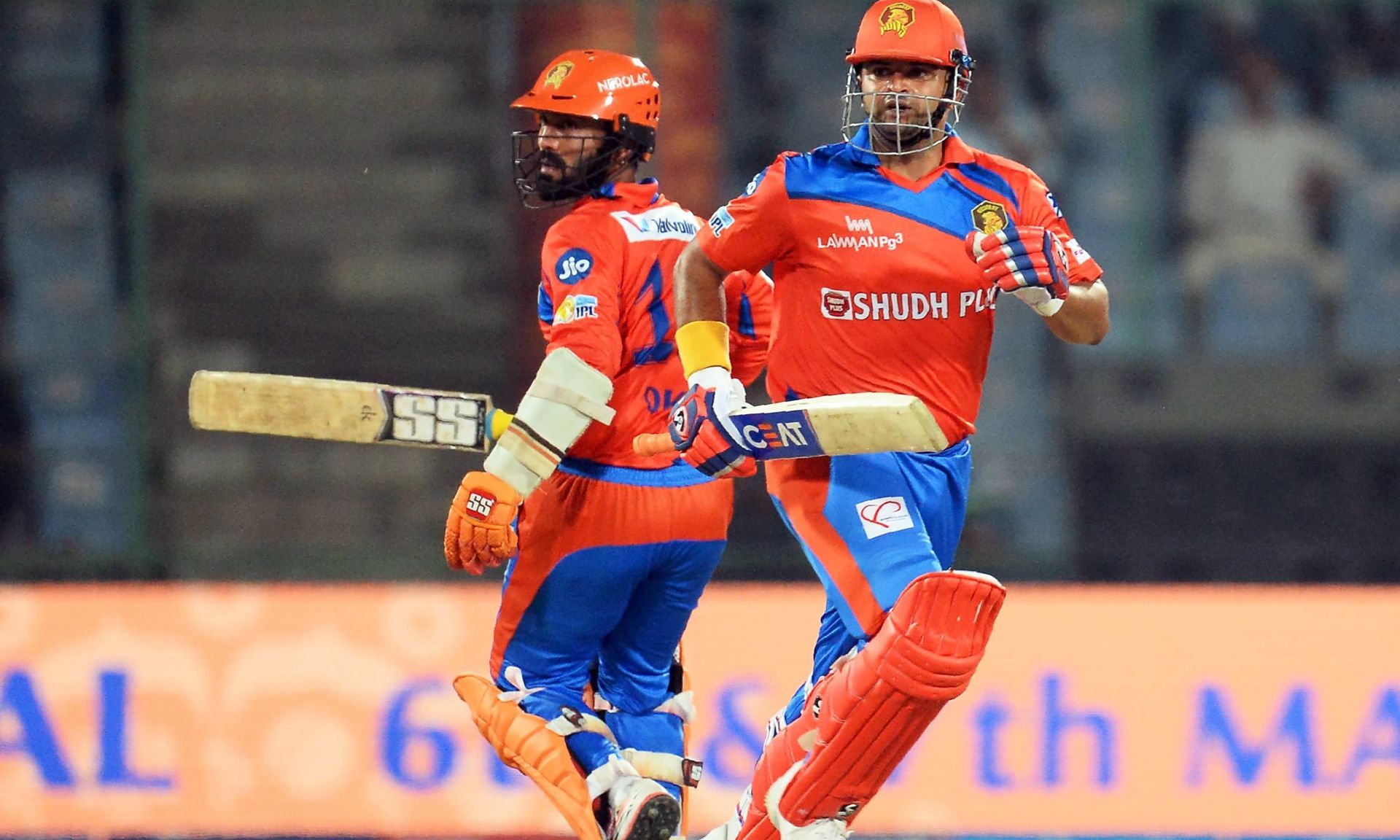
Suresh Raina was known for building innings, while Dinesh Karthik kept the scoreboard ticking in the middle overs. Raina accelerated his innings in a calculated manner as Karthik played second fiddle. Who can forget the trademark inside-out shots of Raina and scoop shots of Karthik?

Today, Suryakumar Yadav (who comes in place of Raina) steps on the accelerator, according to the situation of the game. Ravindra Jadeja, promoted as a middle-order batter in the game against Pakistan at the Asia Cup, held the innings together.
Should the team maintain this middle-order combination? Or bring in someone like Deepak Hooda in place of Jadeja to build the innings, or someone like Rishabh Pant to add firepower in the batting?
Finisher's Role
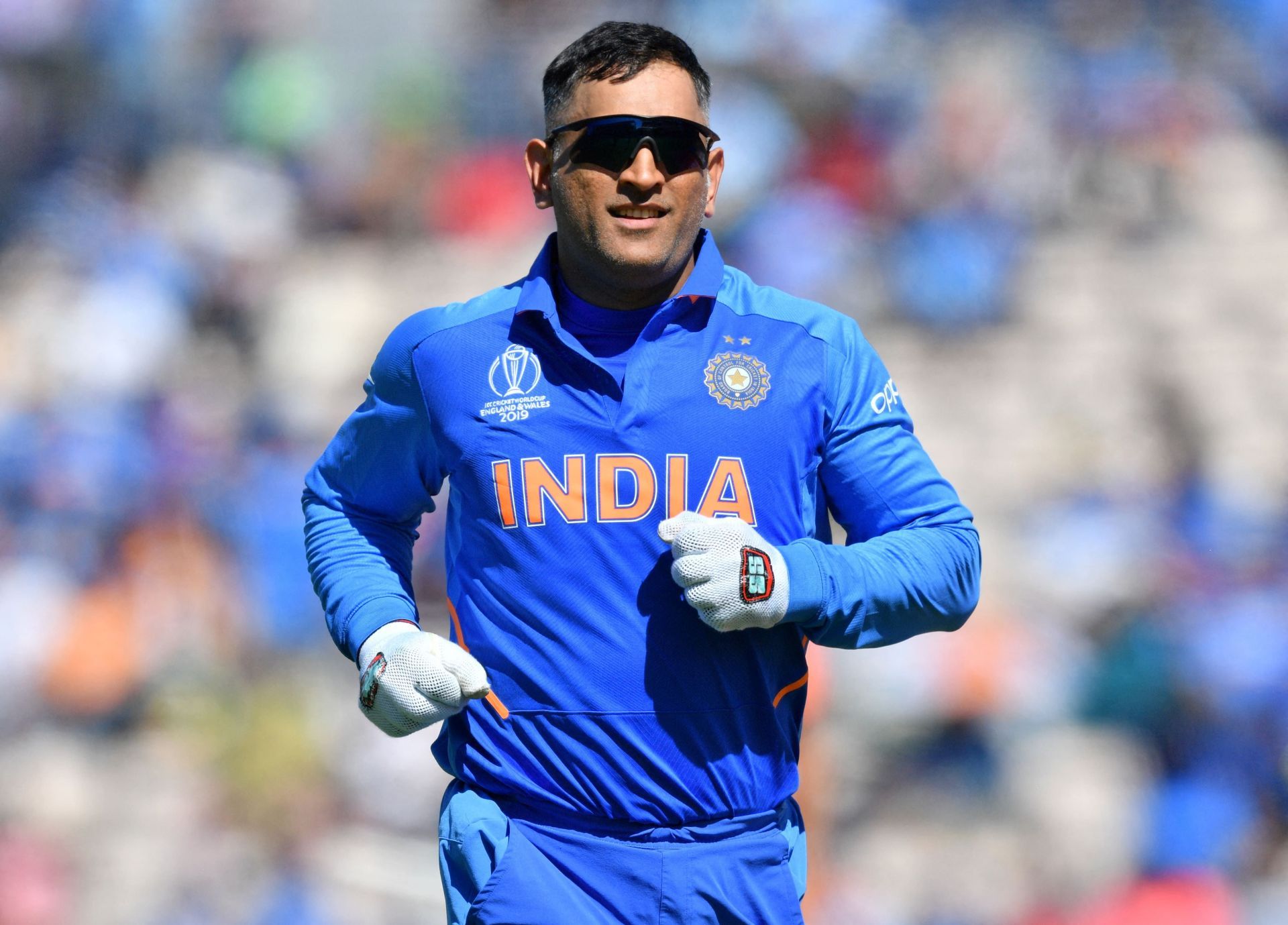
T20I cricket was a new format for India back in 2006 and former skipper MS Dhoni took responsibility with the bat and helped his side cross the bridge every time. He settled himself in at No. 6 and focussed solely on finishing matches for the Men in Blue.
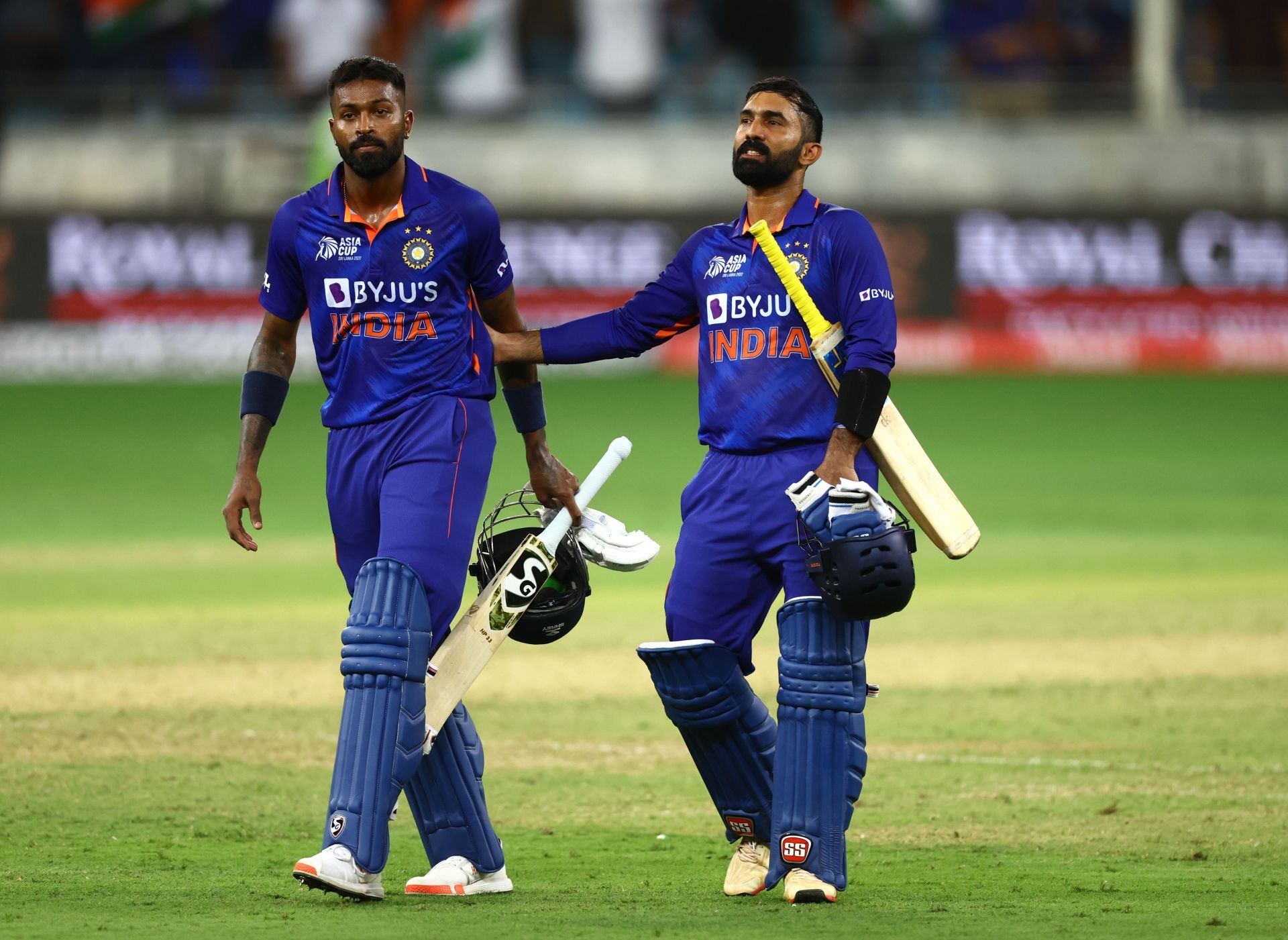
Hardik Pandya, known for his big-hitting skills, surprised everyone with his calm nature during the Pakistan game and almost resembled Dhoni.
Karthik was a no-brainer choice for the finisher role due to his exemplary hitting skills, which were on display for Royal Challengers Bangalore in IPL 2022.
The question, however, is, can India afford two finishers in a playing XI? Should the team look for an extra bowler in place of Karthik?
Spinners
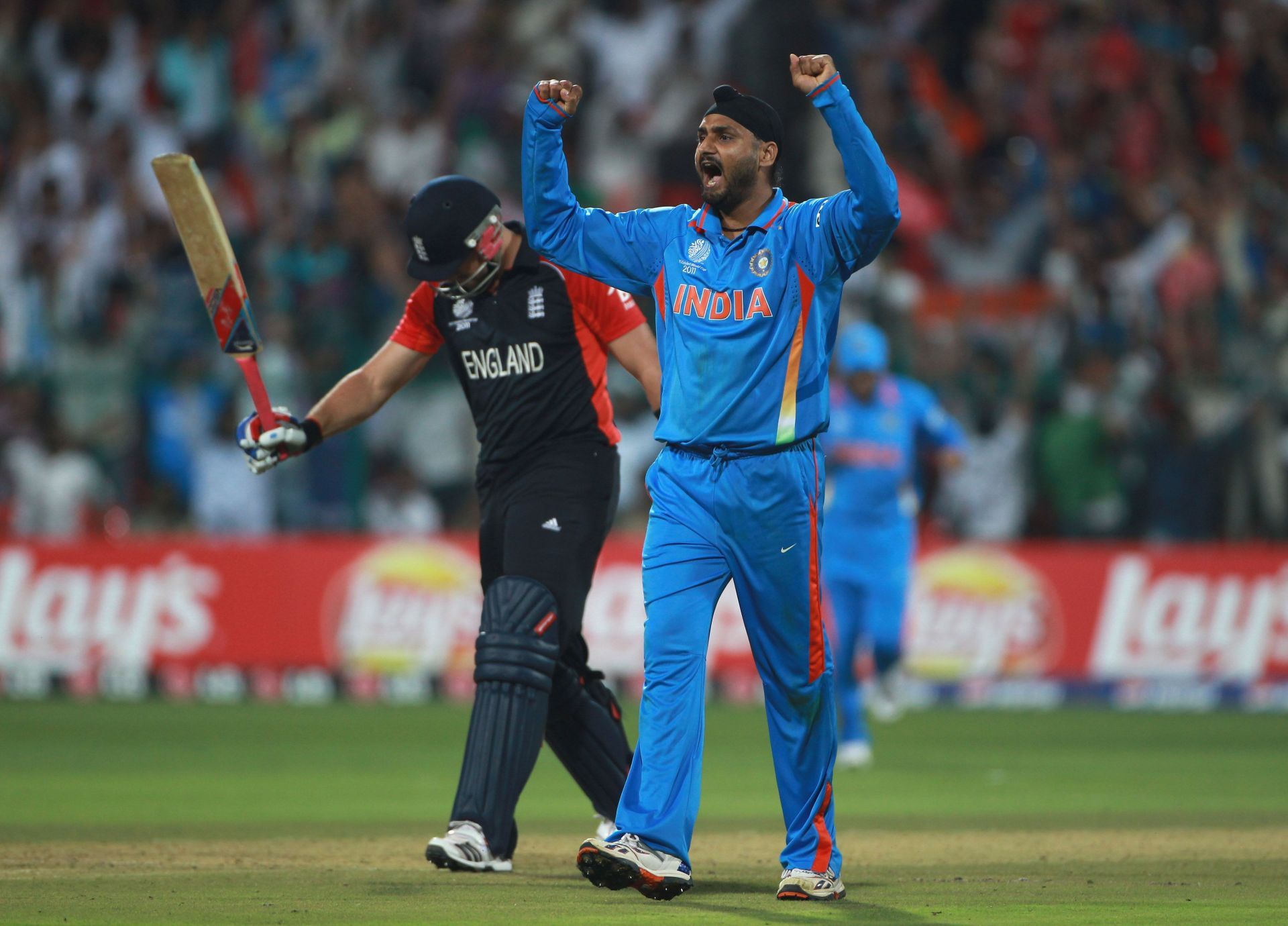
Harbhajan Singh, who was India's go-to man back in 2006, contained the batter and provided regular breakthroughs. Along with Harbhajan, a few part-time spinners acted as the sixth bowler, who chipped in with one or two overs.
Sehwag was almost a regular with his off-spin, while Raina and Mongia often came in handy with one or two overs when required. Indian cricket had plenty of options at the time, with these batters chipping in regularly.
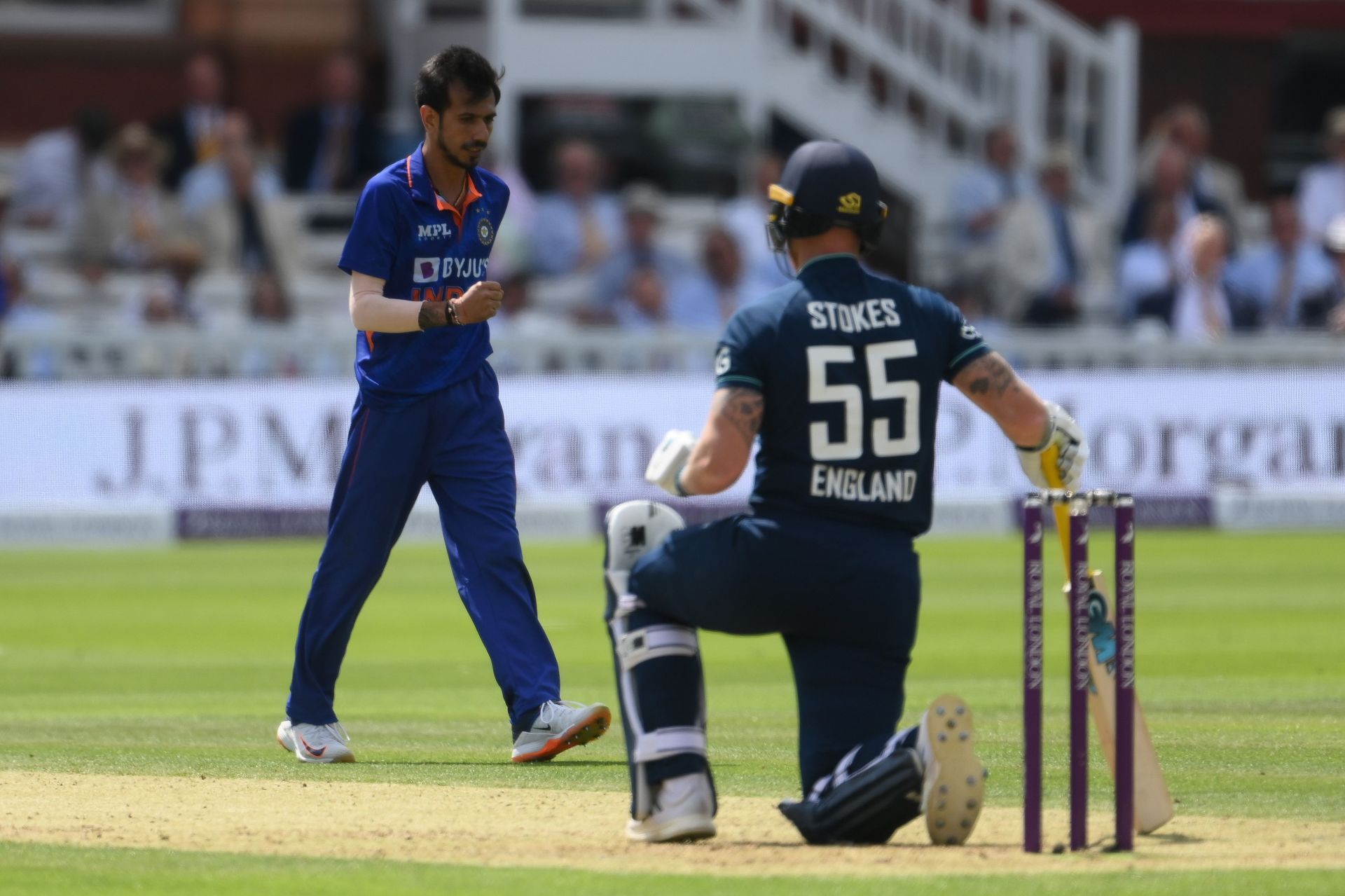
Yuzvendra Chahal is currently the leader of the spin attack. Skipper Rohit Sharma has relied on him to control the middle overs.
Along with Chahal, Jadeja is a key man in India's spin department. But can India survive with only these two options, or will they need another all-rounder like Deepak Hooda to fill in a few overs? Do they need to bring Ravichandran Ashwin back to lead the attack or give the young Ravi Bishnoi a chance?
Pacers
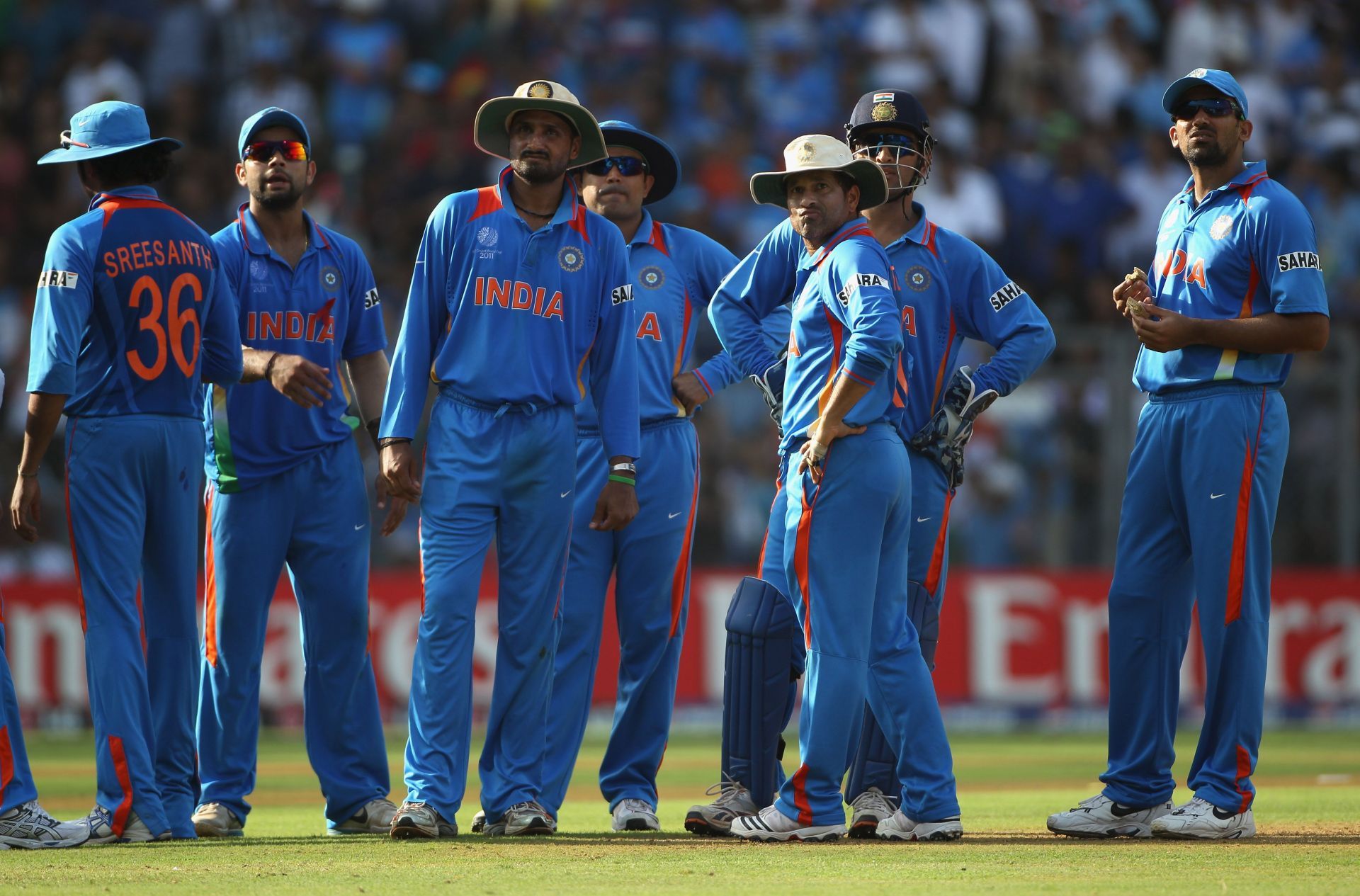
Back in the day, the Indian cricket team had a complete package of fast and swing bowlers. Sreesanth and Ajit Agarkar would trouble the batters with their swing. Zaheer Khan was handy with his cutters and slowers in the death overs.
Irfan Pathan, who was relatively new at the time, had pace with the ball swinging into the right-hander. The overall attack looked dangerous and sent chills down the spine of the opposition batters.
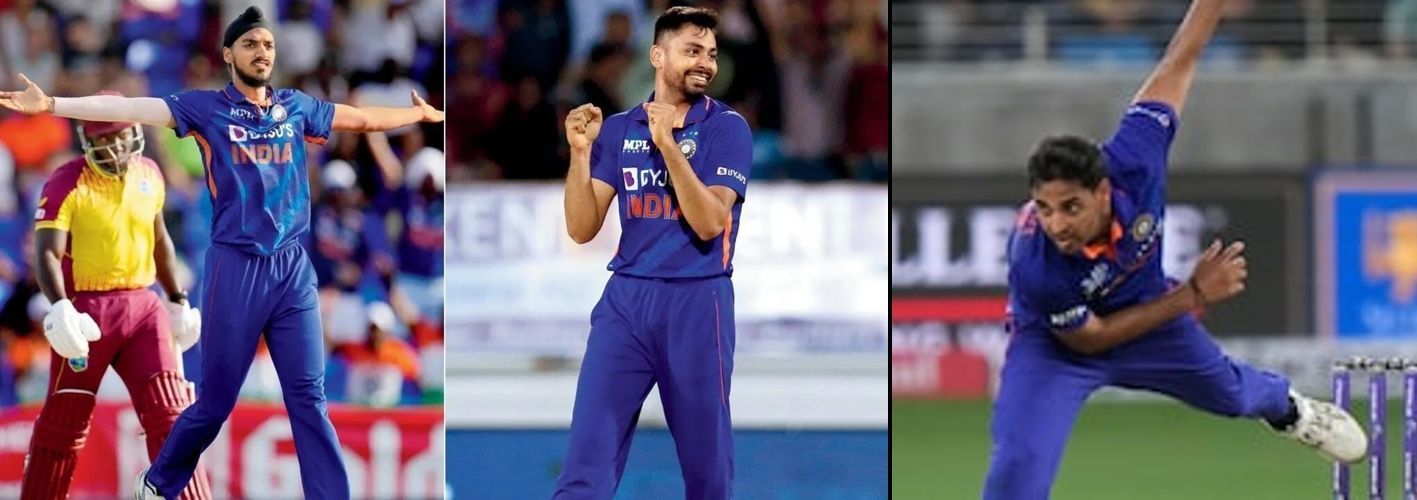
Experienced Bhuvneshwar Kumar is currently leading the pace attack and swinging the ball both ways. To support him, India have budding stars Arshdeep and Avesh Khan. They have quite a few variations, including bouncers, slow variations, and yorkers, in their arsenal to trouble the batters.
But the big question is whether this firepower in the pace attack is enough to resist the onslaught by the batters? Do they need one more experienced bowler to attack their opponents? Can India survive without the likes of Mohammed Shami and Jasprit Bumrah, if needed?
Conclusion
It isn't easy to compare the 2006 T20I team with the current one because the circumstances were different. T20 cricket format was new then, and very few had the adaptability to get accustomed to the game. However, T20 cricket is bread and butter today, and the exposure is very high with many leagues cropping up around the world.
There is increased competition and with many players coming up, the pressure among cricketers to get into the national cricket team is more than ever.
The story does not end there. Once they get selected, the pressure persists until they perform consistently. As fans, we expect our stars to perform right from day one of their careers and be consistent throughout, which is unjust.
While the results don't always go in the team's favor, a planned strategy is likely in place, which is why they believe in bringing the right squad balance to the field. Since the current team is young, they might need more international exposure to gain valuable experience.
It is just a life cycle; India will come back strong, and time is the only answer.